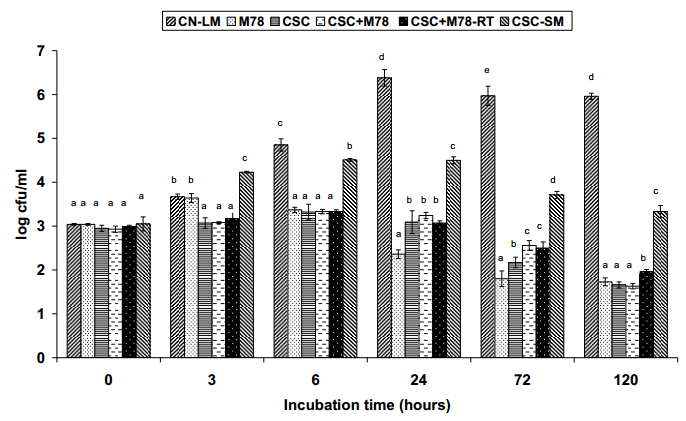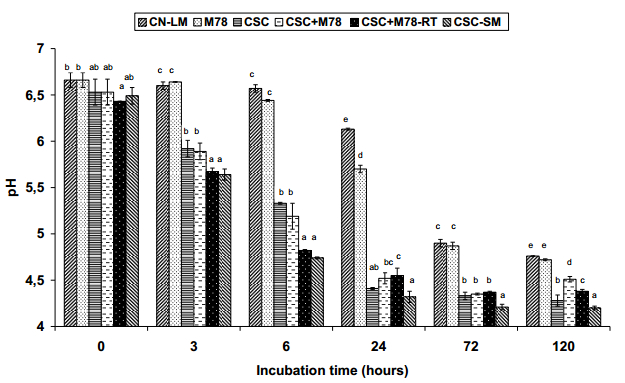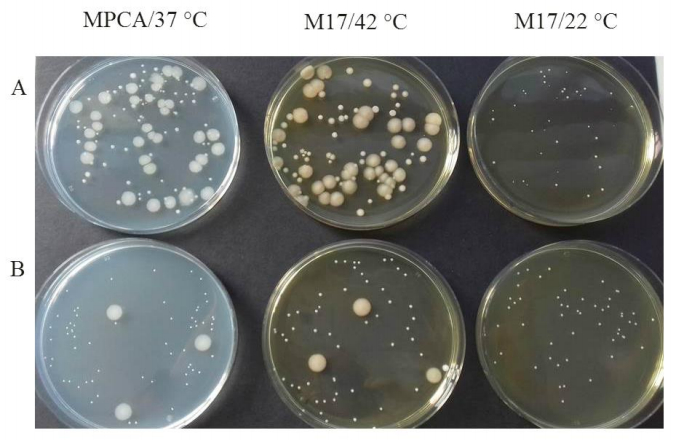1. Introduction
Originally likened to a wax tablet by Plato and Aristotle [1], memory has been the muse of
philosophers and scientists alike. The discovery of the synapse separating individual neurons by
early neuroscientists at the turn of the 20th century, and the subsequent proposal that increased
activity at these synapses strengthens the connection between neurons [2] were pivotal ideas for
expanding our understanding of memory beyond a philosophical concept or observed behavior to a
complex process located in the brain. Today, we know that synaptic plasticity is important for
memory formation, but there is still much to learn about how memory is formed at the neural level.
As Cadonic and Albensi [3] point out, neural oscillations and receptors implicated in brain plasticity
may hold the key to unlocking the mystery of how we form memories. Another essential player in
this relationship, increasingly receiving support for its role in various memory processes, is sleep.
The ability to form new memories relies on synaptic plasticity, whereby high-frequency
activation of a neural pathway increases the strength of later transmission across the affected
synapses, a process termed long term potentiation (LTP) [4,5]. Amino-acid receptors have been
implicated in the process of LTP, including the N-methyl-D-aspartate (NMDA) receptor and the
alpha-amino-3-hydroxy-5-methyl-4-isoxazolepropionic acid (AMPA) receptor. During LTP, the
NMDA receptor is first activated when both the Mg2+ blocking its channel is removed by
depolarization, and co-agonists glutamate and glycine are bound to its receptors [5,6]. This allows
Ca2+ to flow into the cell, which initiates a cascade of events, including the activation of synaptic
proteins and the phosphorylation and transfer of AMPA receptors into the synapse, culminating in the
strengthening of excitatory postsynaptic currents [7]. LTP consists of two phases: the initial phase
may last for hours, while the longer maintenance phase lasts for weeks [8]. Many studies connect
LTP to the formation of new memories. For instance, an increase in the phosphorylation and number
of AMPA receptors at the synapse has been found for LTP established via high-frequency stimulation
in vitro, as well as during inhibitory avoidance learning in rats [9]. Blocking LTP has also been
shown to block new learning [10].
Additionally, glutamatergic receptors like the NMDA receptor are important for the generation
of neural oscillations, which have also been connected to memory formation. The rhythmic activity
produced by the brain can be measured by electrophysiological measures such as the
electroencephalogram (EEG), which has been used to delineate several frequency bands implicated
in memory processes, including theta (4-7 Hz), alpha (7-14 Hz), beta (15-30 Hz), and gamma
(30-100 Hz) frequencies [11,12]. Previous studies have found that NMDA antagonists block NMDA
function and dramatically reduce electrically stimulated oscillations in the 4-9 Hz range [13]. Further,
removal of the NMDA receptor in genetically altered mice decreases the power of theta and
increases the power of gamma oscillations measured in the hippocampus compared to controls. This
alteration negatively impacts spatial working-memory of these mice during a maze-learning task [14],
which is in line with the proposal that such oscillations underlie varying types of memory formation
and may represent transfer of information between brain regions [15]. In humans, changes in alpha,
beta, gamma, and theta power are associated with memory for previously studied words [16], with
encoding and retrieval strategies playing a role in the direction of such relationships [12].
While the review by Cadonic and Albensi [3] nicely outlines this relationship between
glutamatergic receptors and oscillatory activity, pointing toward an important and fruitful area for
future research on memory formation, further information may be provided by including sleep in this
discussion, especially for the maintenance of already initiated LTP. Sleep is characterized by the
alternation of dynamic stages, including non-rapid eye movement sleep (NREM), composed of
stages 1, 2, and 3/4 or slow wave sleep (SWS), and rapid eye movement sleep (REM), each of which
can be distinguished by unique physiological, chemical, and electrical properties [17,18]. Most
important for the discussion here, NREM sleep, and particularly SWS, is characterized by slow
oscillatory EEG patterns in the 0.5-4 Hz range, representing the alternation between up states (i.e.,
neural activity) and down states (i.e., neural silence), and punctuated by high-frequency bursts
known as sleep spindles (12-15 Hz) in the cortex. These spindles are temporally correlated with
sharp-wave ripples (150-250 Hz) in the hippocampus [19]. Conversely, REM sleep is characterized
by theta EEG activity, which is synchronized with gamma oscillations in the hippocampus [18,20].
One of the most substantiated functions of sleep is its role in brain plasticity supporting both
declarative and non-declarative memory processing [19]. The purported mechanism by which sleep
has such a ubiquitous effect on memory is the reactivation and consolidation of recently potentiated
synapses [21,22]. The Synaptic Re-entry Reinforcement hypothesis [21,22,23] proposes that the
longevity of brain plasticity requires a reactivation of NMDA receptors following the initial learning
event. Indeed, without proper synaptic stimulation and protein synthesis, LTP does not last beyond
the several hours of its initial phase [24,25]. Thus, following the initiation of LTP during a learning
event, potentiated synapses require reactivation to maintain synaptic plasticity. Sleep offers an
optimum context for such reactivation to occur, given that activation of glutamate receptors and
generation of neural oscillations are hallmarks of sleep processes [19].
Evidence for the reactivation of glutamatergic receptor mechanisms at potentiated synapses
during sleep is abundant. Following monocular deprivation learning, whereby one eye is occluded to
prevent input of visual information, neural activity becomes biased toward the region of visual cortex
corresponding to the non-deprived eye, and this is further enhanced by a period of sleep. This effect
is promoted by reactivation of potentiated pathways during sleep, as blocking NMDA receptors or
the synthesis of related downstream proteins during a post-learning sleep period negates the
consolidation of this plasticity. Further, phosphorylation of AMPA receptors is found only in animals
allowed to sleep after monocular deprivation [22]. In humans, the blockade of NMDA or AMPA
receptors during an eight-hour period of nocturnal, post-learning sleep likewise abolishes typical
sleep-dependent improvements in visual discrimination learning [21]. Moreover, sleep deprivation,
which is known to impair learning, has been shown to negatively alter glutamate receptor activation
and protein cascades necessary for LTP [19,26]. This work highlights the importance of sleep for
glutamatergic receptor signaling that maintains plasticity initiated during a waking period, without
which learning would be impeded.
As others have pointed out, the oscillatory activity that occurs during sleep is similar to that
supporting induction of LTP [19]. This may make sleep-related oscillations ideal for the
reactivation of potentiated synapses. NREM sleep in particular has been the focus of many
studies on this matter [27,28,29]. Indeed, some studies have found that under anesthesia or during
waking, synapses previously strengthened by LTP are more likely to generate slow oscillatory up
states and spindle activity [30,31]. Further, there is a reciprocal relationship between spindle activity
and glutamatergic receptors, such that NMDA inputs mediate spindle activity [13], and stimulation
of spindle activity in the cortex influences NMDA receptors and Ca2+, leading to the induction of
LTP [29]. Consistently, neural electrical stimulation during in vitro imitations of the
electrophysiological states that characterize SWS, including the combination of up states and down
states, facilitates LTP and is blocked by NMDA or AMPA antagonists [28]. In vivo applications of
slow oscillatory activity (0.75 Hz) during NREM sleep following the learning of word-pairs not only
increases SWS, slow oscillatory power, and slow spindle power, but also results in better memory for
the learned word-pairs compared to a control condition. Such effects are specific to slow oscillations,
as theta frequency stimulation does not produce these results [27]. This evidence suggests a close
relationship between the electrical activity of NREM sleep and activation of glutamate receptors that
contribute to learning, providing evidence for the role of NREM sleep in reactivation and
maintenance of LTP.
REM sleep is also implicated in LTP reprocessing. During REM sleep, but not NREM sleep,
proteins necessary for the long-term maintenance of already established LTP, such as cAMP (cyclic
adenosine monophosphate) and CREB (cAMP-response element binding protein), are activated at
higher levels compared to a period of wakefulness, a process not found in mice genetically altered to
lack memory consolidation abilities [19,32]. Antagonists acting on specific subunits of NMDA
receptors also increase gamma activity during REM sleep [33]. This finding is interesting given that
theta and gamma oscillations, which are synchronized within regions of the hippocampus during
REM sleep with periodic bursts of synchrony across areas, are proposed to play a role in memory
processing and transfer during sleep [20]. Theta and gamma oscillations are also temporally
associated between hemispheres during REM, which may be particularly important for neural
processes given that recovery sleep following REM deprivation produces a rebound and
intensification of gamma synchronization between the left and right frontopolar and dorsolateral
regions of the frontal lobe [34]. Importantly, stimulation in the gamma range across the corpus
callosum initiates a short-lived potentiation that is blocked with NMDA antagonists, implicating this
oscillatory connection between hemispheres during REM sleep as another mechanism for the
sleep-associated maintenance of plasticity in neural circuits [34,35].
As some of the most interesting evidence for neuronal replay during sleep, hippocampal place
cells that were activated during spatial learning during a waking period are sequentially reactivated
on a compressed timescale during subsequent NREM and on a timescale comparable to learning
during subsequent REM [36,37]. Important to the discussion here, replay is associated with sharp
wave ripples in the hippocampus during NREM sleep, and theta activity during REM sleep. Given
that these electrical markers of sleep have been correlated with memory improvements [38,39], such
replay is proposed to reflect a mechanism of memory consolidation through an exchange in
communication between the hippocampus and cortex [18,40].
It is important to note that another hypothesis regarding sleep and neural plasticity, the Synaptic
Homeostasis Hypothesis [41,42], proposes that sleep generally downscales the potentiation of
synapses that has accumulated over a period wakefulness, thus maintaining neural stability [42]. This
hypothesis puts particular emphasis on SWS and slow oscillations, which are seen to increase after
waking, and decrease after sleep [42]. While seemingly at odds with the studies discussed thus far,
which show that sleep processes help maintain LTP, others have suggested that synaptic downscaling
and maintenance may both occur during SWS, depending on how the plasticity relates to different
types of learning [22], and how it may develop in different neural pathways that differ in their
requirements for plasticity [28].
As Cadonic and Albensi [3] point out, abnormal NMDA receptor signaling also likely plays a
role in pathology, such that hypo- and hyperactivation has been associated with Schizophrenia and
Alzheimer’s disease, respectively. Not surprisingly, evidence additionally indicates oscillatory
activity, and sleep, in the etiology of such diseases. Wamsley and colleagues [43] have demonstrated
that Schizophrenia patients display a reduction in the number and density of sleep spindles during a
period of sleep following motor task learning, which is associated with a reduction in motor
performance following sleep compared to controls. High-frequency (> 20 Hz) oscillatory power
is also increased during sleep in Schizophrenic and depressed patients compared to
healthy individuals [44]. While these studies do not clarify exact causal relationships, they
reaffirm the role of sleep in brain plasticity and cognitive functioning, and may provide clues to
developing treatments.
Ample research points toward sleep as a crucial contributor to neural plasticity and learning.
The dynamic neurophysiology of sleep provides an optimum milieu for the reactivation of recently
potentiated synapses and transfer of information to cortical stores, with alterations of this
environment linked to pathology. Given the foregoing discussion, Cadonic and Albensi [3] are
accurate to champion the further investigation of plasticity-related receptors and oscillations in future
memory research, but the addition of sleep to this endeavor will greatly expand the progress we can
make to ultimately understanding how we remember and learn.
Conflict of Interest
All the authors declare to have no conflict of interest.
















 DownLoad:
DownLoad: